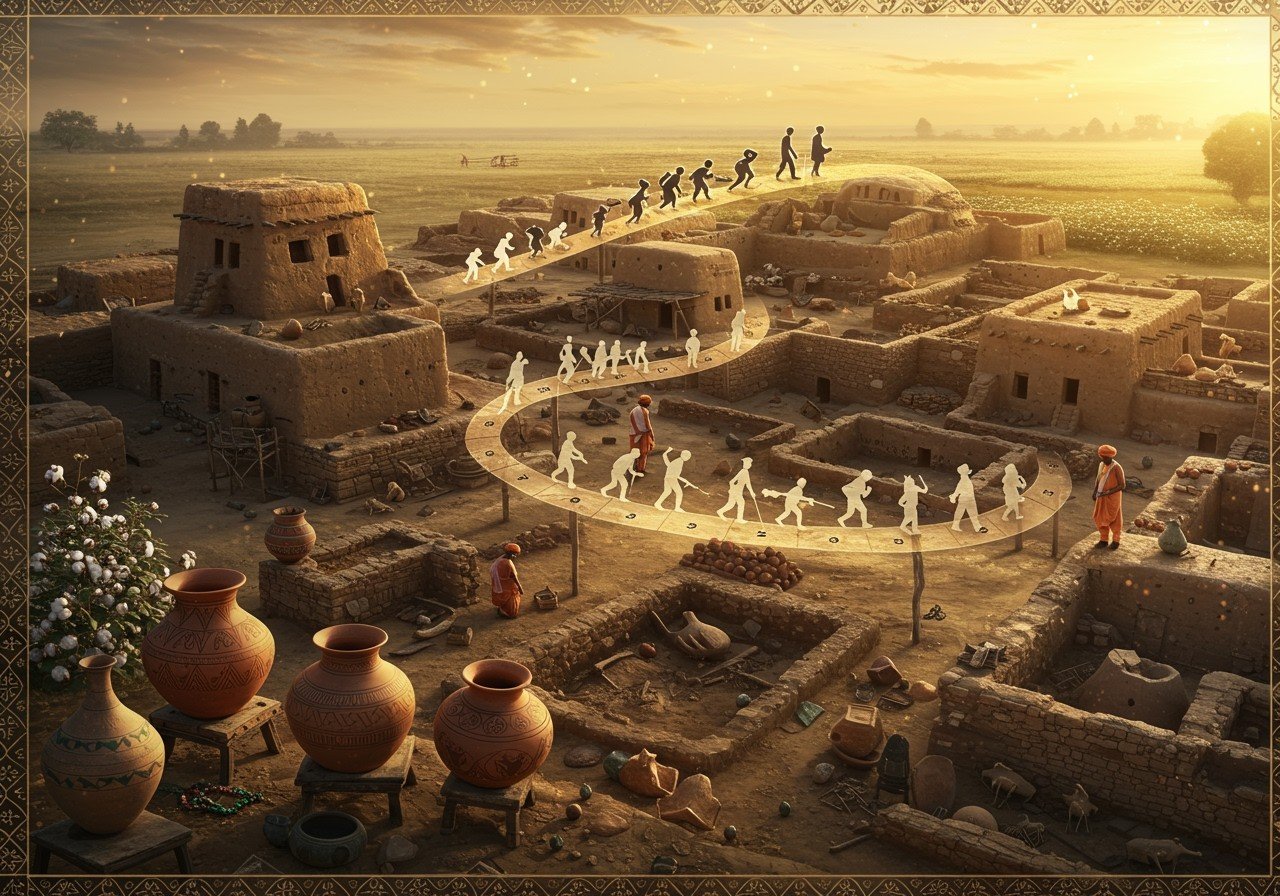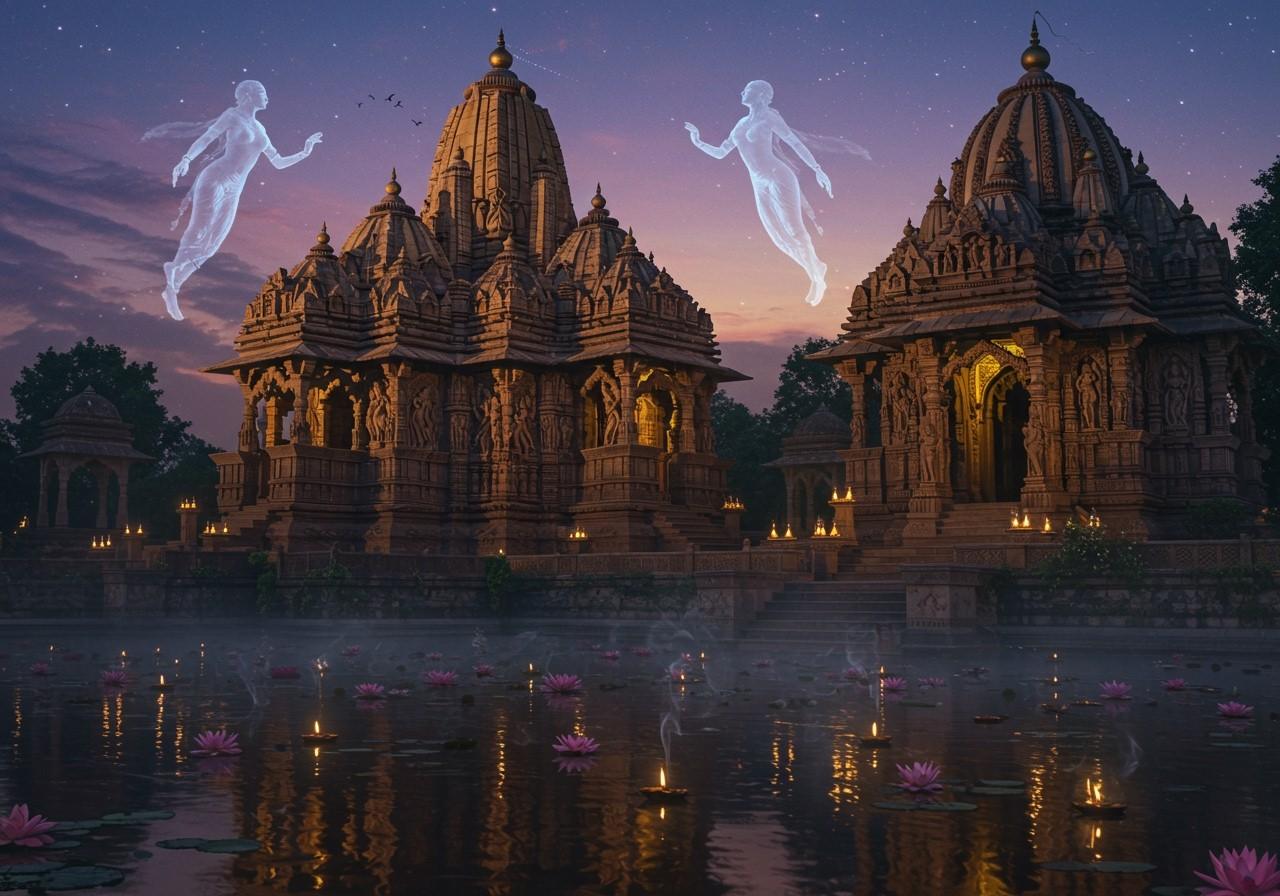
Mehrgarh, a Neolithic archaeological site nestled in Balochistan, Pakistan, near the Bolan Pass, stands as a testament to the ingenuity of early human civilization. Discovered in 1974 by French archaeologists, this remarkable site dates back to approximately 7000 BCE, offering invaluable insights into the transition from nomadic herding and farming to the development of pottery and metalwork. Mehrgarh is considered one of the earliest sites with evidence of farming in South Asia, laying the groundwork for the later Indus Valley Civilization.
Understanding the Basics of Mehrgarh
How is Mehrgarh pronounced? Mehrgarh is pronounced “Mehr-garh,” with the emphasis on the first syllable.
How is Mehrgarh spelled? Mehrgarh is spelled M-E-H-R-G-A-R-H.
Where is Mehrgarh located? Mehrgarh is situated in Balochistan province, Pakistan, near the Bolan Pass. Its strategic location near the Bolan River provided fertile land ideal for early agriculture and settlement. Additionally, its proximity to trade routes fostered cultural exchange and the dissemination of agricultural practices.
Delving into Mehrgarh’s Significance
Historical Significance
Mehrgarh holds immense historical importance as it provides compelling evidence of early farming and herding practices in South Asia. The site reveals continuous human occupation from the Neolithic period to the Bronze Age, demonstrating a remarkable continuity of human endeavor. Discoveries at Mehrgarh encompass a wide range of artifacts, including domesticated plant and animal remains, pottery fragments, tools, and even evidence of early dentistry. These findings illuminate the gradual shift from nomadic lifestyles to settled agricultural communities.
Archaeological Discoveries
Excavations at Mehrgarh have unearthed a treasure trove of artifacts, including terracotta figurines, jewelry crafted from shells and semi-precious stones, and numerous burial sites. The presence of granaries indicates early advancements in food storage techniques. Evidence of early metallurgy, such as copper and bronze artifacts, points to significant technological progress. Furthermore, dental remains suggest the practice of proto-dentistry, highlighting early medical knowledge and practices.
Cultural and Social Insights
Mehrgarh offers valuable insights into the social and cultural practices of early South Asian communities. The presence of materials not native to the area suggests trade with distant regions. The site also reveals a transition from simpler social structures to more complex organizations over time. Burial goods and residential layouts provide clues about religious beliefs and ritual practices. The art and craftsmanship of Mehrgarh reflect both practical utility and aesthetic sensibility.
Mehrgarh FAQs
What is Mehrgarh known for? Mehrgarh is renowned as one of the earliest sites of human settlement and farming in South Asia, predating the Indus Valley Civilization.
How old is Mehrgarh? Mehrgarh dates back to around 7000 BCE.
What kind of artifacts were found in Mehrgarh? Archaeologists have discovered a wide array of artifacts at Mehrgarh, including pottery, tools, evidence of early farming practices, terracotta figurines, jewelry, and evidence of early dentistry.
Is Mehrgarh a UNESCO World Heritage site? No, Mehrgarh is not currently a UNESCO World Heritage site.
Can you visit Mehrgarh? Yes, it’s possible to visit Mehrgarh. However, as it is an archaeological site, it might require special permissions.
How Poojn.in Can Enrich Your Understanding of Ancient Traditions
Poojn.in, India’s leading store for cultural goods and services, offers a wide range of products that can connect you with the rich heritage represented by sites like Mehrgarh. Explore our collection of traditional mats, perfect for creating a sacred space for reflection and contemplation. We offer:
- Gongadi/Gongali: Traditional mats from Gujarat’s Kutch region, ideal for ceremonies and rituals. These handwoven mats are made with intricate designs and vibrant colors, reflecting the rich artistic traditions of the region.
- Durrie/Dari: North Indian handwoven mats available in wool and cotton options. These durable and versatile mats are perfect for everyday use or special occasions, adding a touch of traditional elegance to any setting.
- Khes/Khesh: Traditional Eastern Indian woolen mats for ritual purposes. These mats are known for their warmth and softness, making them ideal for use during prayer or meditation.
- Dhur/Dhurrie: Authentic handwoven mats from UP and Haryana regions. These mats are crafted with natural fibers and traditional weaving techniques, offering a connection to the rich textile heritage of India.
Visit poojn.in today to discover these and other unique cultural items. We also offer a range of other products related to Indian culture and spirituality, including puja items, incense, and religious books. Let us help you deepen your connection to the traditions and practices of ancient India.
Connecting with Our Past
Mehrgarh stands as a powerful reminder of our shared human heritage. It offers a glimpse into the lives of our ancestors, their ingenuity, resilience, and the advancements that have shaped our civilization. By learning about Mehrgarh, we honor the traditions and innovations that have paved the way for our modern world. As we explore this ancient site, we deepen our understanding of the human journey and our place within the grand tapestry of history.

Explore more about ancient Indian culture and heritage: Aihole Pilgrimage Guide | Aihole: A Cultural Journey | Virupaksha Temple, Hampi | Sas-Bahu Temples
Enhance your puja experience with authentic handcrafted items from poojn.in: Clay Dinner Set | Clay Pot | Baran Dala Chalon


